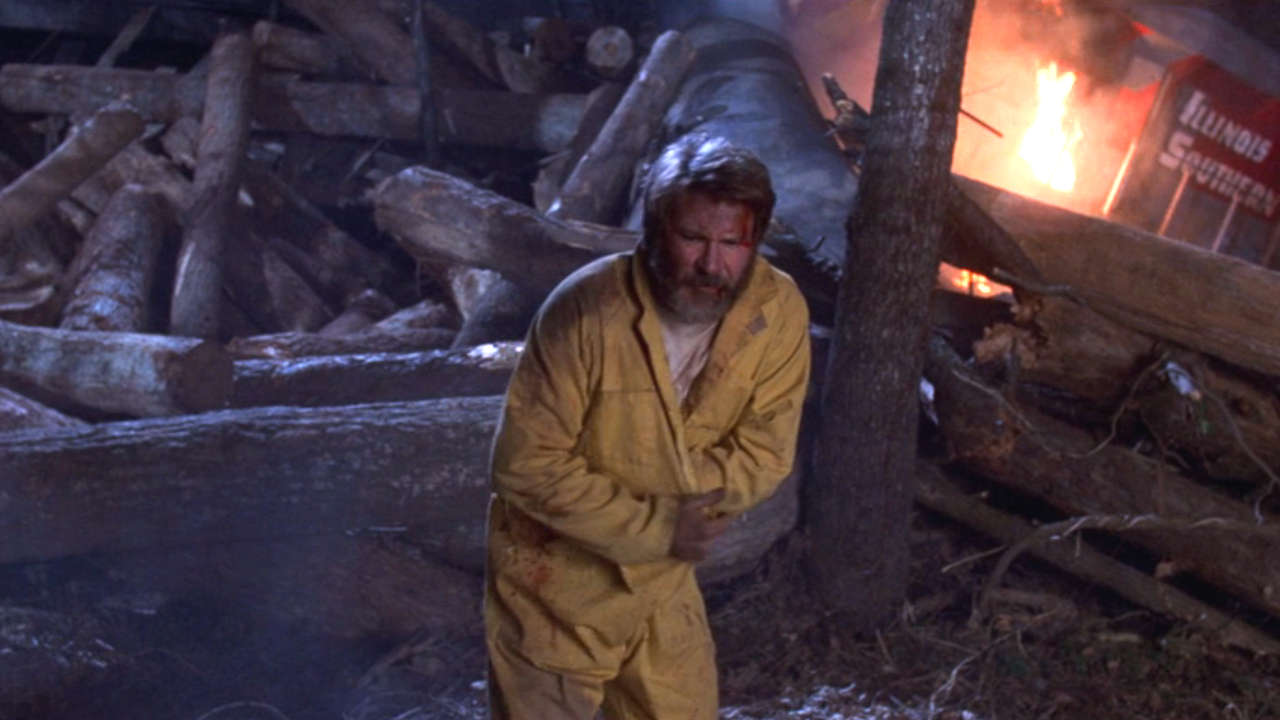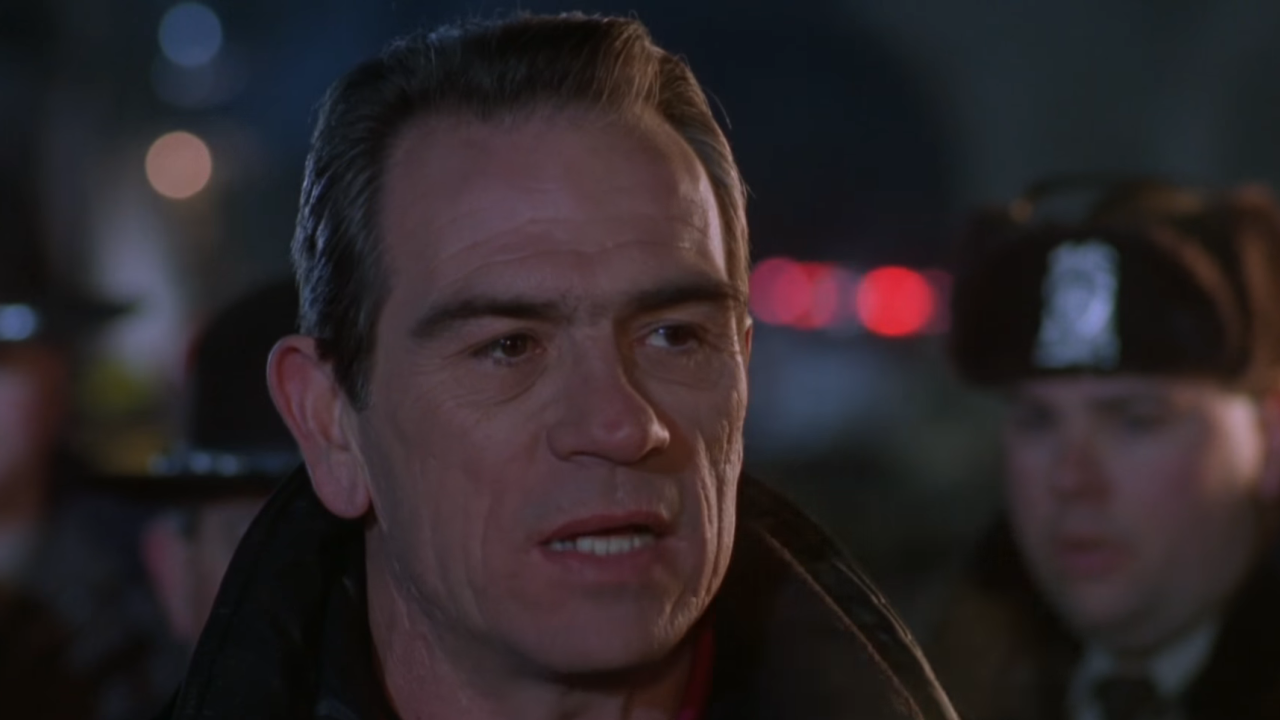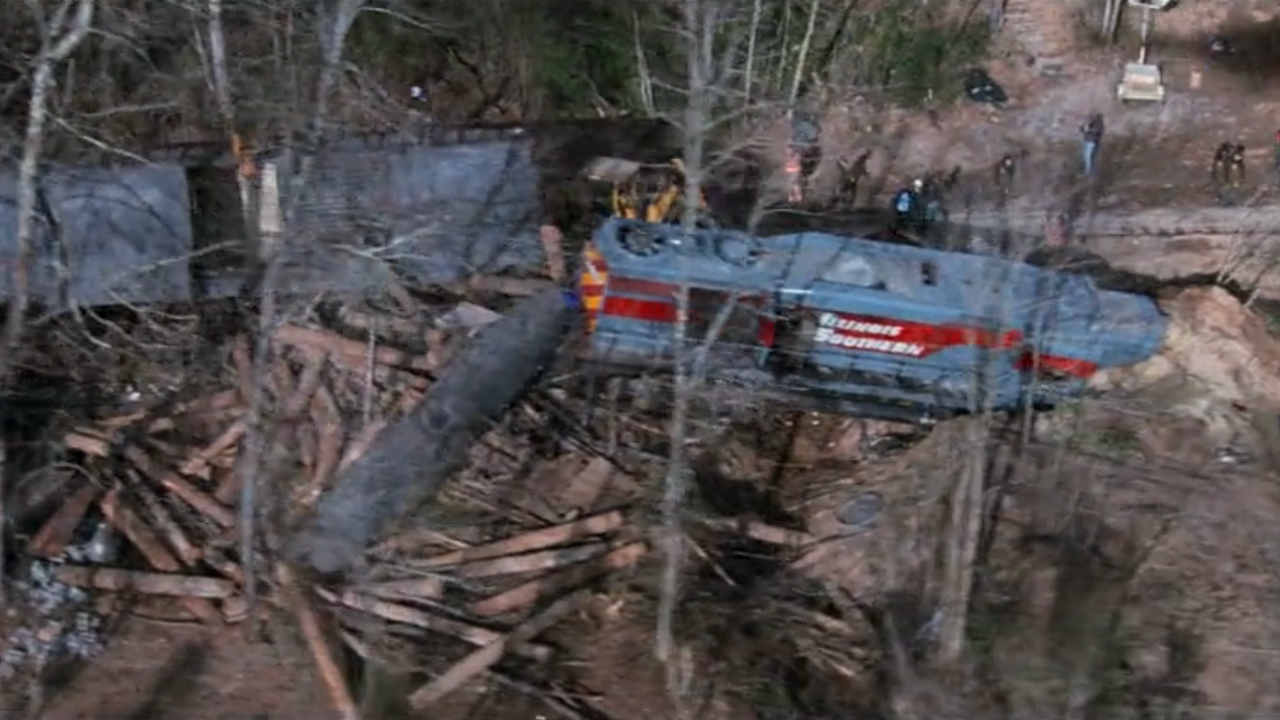
30 years ago, Harrison Ford found himself a wanted man, and the world followed his quest to prove his innocence in The Fugitive. Director Andrew Davis’ adaptation of creator Roy Huggins’ ABC smash hit was an early example of turning vintage TV into modern cinema, beating Mission: Impossible to the punch by a couple of years.
Davis also managed to top one of the best action movies in another respect thanks to the picture’s mythic train crash sequence that was done practically, in one take, and with Ford himself very much in harm’s way. As we discussed that scene, I became even more impressed by what it had managed to accomplish due to some added context that the helmer provided.

The One Take Marvel That Is The Fugitive’s Train Crash
For a scene so iconic, you might be surprised where The Fugitive's massive set-piece falls into the running order of the movie. Believe it or not, this colossal feat drops at roughly 20 minutes in! Think about that: this actual, practical stunt isn’t a finale showstopper, nor is it a mid-picture thrill that’s meant to prevent any slack in the pacing. This is an early, first act explosion.
So when I had the chance to talk with Andrew Davis, on behalf of Warner Bros.’ new 4K home entertainment re-release for The Fugitive, I had to bring up the train wreck. ZThis didn’t disappoint, because after asking if there was a backup plan, Davis shared with CinemaBlend the blunt truth and these details about why failure literally wasn’t an option:
There was none. Basically when you have tons and tons of metal being pushed from behind, and being derailed, you can’t say, ‘We’ll do take two!’ It would have taken months to remove what we created. [Special Effects Coordinator] Roy Arbogast, who was the guy who engineered it with Peter MacGregor-Scott, my producer, they knew what they were doing. These were guys who knew how to create, engineer, and plan to make sure it’s foolproof. So we had cameras everywhere, everybody was getting ready, and we were shooting the bus fight and the bus rolling down, you know. And finally we got the bus where we needed it to be, we said, ‘Push the train from behind!’ And that’s how we did it, and it worked out.
It still stuns me that Harrison Ford is actually running in front of a real train hurtling towards him in the background. Not only that, there's the fact that there’s been not one, but two attempts to try and remake this series in the feature film space alone, with the most recent Fugitive movie pitch occurring in 2015.
As it turned out, this stunt-based decision to take this more realistic approach came from, of all places, budgetary concerns. Apparently, it was cheaper to trash a train than to build a model depicting such a feat in 1993, though one has to wonder if that's still the case in this Hollywood economy.
Honestly, if you want a really good look into how this was all captured, you’ll definitely want to watch the special feature entitled “Derailed: Anatomy of a Train Wreck,” which is available on The Fugitive’s brand new 30th anniversary home release in 4K. That being said, I can provide you a refresher on how this sequence plays out.
While it’s not the entire scene from The Fugitive, as this official clip picks up after the fateful bus crash that allows Dr. Kimble to escape, you can see the train crash itself. Let’s relive that moment together, shall we?
All of what you just watched took place shooting one take, with 14 cameras simultaneously shooting from various positions for coverage. One of the cameras was even buried under 26 feet of dirt, but still managed to yield usable footage for the grand spectacle. If you want to talk about getting the shot, The Fugitive’s railway catastrophe is one of those examples you’ll probably hear mentioned quite often.
What’s even better is while dissecting this mythic moment further, Andrew Davis highlighted something I hadn’t thought about before. Seeing the train crash is iconic in its own right, but the fringe benefits that came from doing things practically only made a good idea even better.

Why The Fugitive’s Practical Train Crash Added More Value Past Its Star Scene
Getting the shot for that nighttime setting, which then gives way to Tommy Lee Jones’ infamous “fugitive on the loose” spiel, was merely the beginning for what The Fugitive gained from this strategy. As he continued to share the benefits of doing a massive one-take stunt, Andrew Davis told CinemaBlend about this added value that having such a wreck added to his movie:
What I love about it is the next day, when you have these aerials and this helicopter looking at the carcass of this train, and Tommy’s gotta jump on the helicopter to go chase Harrison, it gives you a reverberation of the night before.
This is where that “months to remove what we created” remark really comes into play, as the shots of that devastated locomotive the following morning achieve exactly that. With a stunt that comes from strictly, if not a mostly CGI workspace, the immediacy isn’t always captured, as there’s probably an attitude to only show the entire illusion when it’s needed.
Meanwhile, as you watch The Fugitive progressing from that initial crash forward, you can see so many elements of that wrecked train play a part in the visual landscape of that moment. While the choice to go practical was partially motivated by financial sense, it also invested more into The Fugitive’s personal stakes. After fearing for the life of Harrison Ford’s Dr. Richard Kimble in that moment, the audience was bound to him with empathy, ready to ride with him to the end of the line.
Just as Steven Spielberg’s comment to Antonio Banderas on the set of The Mask of Zorro speculated, it wouldn’t be long before technical marvels would supplant good old-fashioned practical effects. While we’ve seen a sort of swing back towards practicality, especially through scenes like Christopher Nolan’s practical recreation of an atomic bomb for Oppenheimer, there’s still a long way to go before it starts feeling like the good old days again.
Andrew Davis understands this, and he even made some points about how more movies like The Fugitive should be made. And as you’ll see on sites like Atlas Obscura, you can still visit that very crash yourself to this day, left as is in its original North Carolina shooting location. But if you want to watch The Fugitive once again, that’s an even easier feat to accomplish, as the 4K UHD home entertainment re-release is available through Amazon or wherever you purchase your physical media titles.







